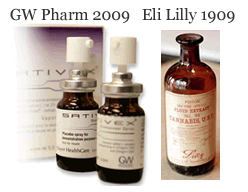Bill Moyers treats us to LBJ’s telephone recordings, highlighting some of the similarities between today and the days before our escalation in Vietnam. I wish we could hear the conversations of all our presidents like this. Moyer’s concludes with this:
Now in a different world, at a different time, and with a different president, we face the prospect of enlarging a different war. But once again we’re fighting in remote provinces against an enemy who can bleed us slowly and wait us out, because he will still be there when we are gone.
Once again, we are caught between warring factions in a country where other foreign powers fail before us. Once again, every setback brings a call for more troops, although no one can say how long they will be there or what it means to win. Once again, the government we are trying to help is hopelessly corrupt and incompetent.
And once again, a President pushing for critical change at home is being pressured to stop dithering, be tough, show he’s got the guts, by sending young people seven thousand miles from home to fight and die, while their own country is coming apart.
And once again, the loudest case for enlarging the war is being made by those who will not have to fight it, who will be safely in their beds while the war grinds on. And once again, a small circle of advisers debates the course of action, but one man will make the decision.
We will never know what would have happened if Lyndon Johnson had said no to more war. We know what happened because he said yes.
 2.
2.